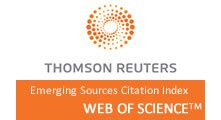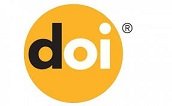Revolutionizing Language Learning: How ChatGPT and AI are changing the Way We Learn Languages
Abstract
Artificial Intelligence (AI) has relatively become a part of our lives in many fields including education. As a recent AI tool generated by OpenAI, ChatGPT offers numerous opportunities and challenges for language learners and teachers. Therefore, the purpose of this study was to investigate the experiences of language learners and teachers in the use of ChatGPT during the language learning and teaching process. Phenomenological design, which is a type of qualitative research, was used in this study. Participants in the study were 8 English language learners with a background in English language learning and 3 English Language teachers with teaching experience at different levels. The participants were voluntarily selected through a purposive sampling and the interview technique was used as the data collection instrument. The findings of the study revealed that ChatGPT and AI were considered to be useful tools for language learning and teaching, although they presented some challenges that can be overcome with the advancement of technology. It is believed that students and teachers will be more involved in ChatGPT and AI in the future with its introduction into the language teaching curriculum, pre-service and in-service teachers’ curriculum and the improvement of teachers’ technological and pedagogical content knowledge.
Keywords
Full Text:
PDFReferences
Solak, E. (2024). Revolutionizing language learning: How ChatGPT and AI are changing the way we learn languages. International Journal of Technology in Education (IJTE), 7(2), 353-372. https://doi.org/10.46328/ijte.732
DOI: https://doi.org/10.46328/ijte.732
Refbacks
- There are currently no refbacks.

This work is licensed under a Creative Commons Attribution-NonCommercial-ShareAlike 4.0 International License.
Abstracting/Indexing







International Journal of Technology in Education (IJTE) - ISSN:2689-2758
affiliated with
International Society for Technology, Education and Science (ISTES)

This work is licensed under a Creative Commons Attribution-NonCommercial-ShareAlike 4.0 International License.
 International Journal of Technology in Education
International Journal of Technology in Education